Zorawar Fort
Overview
Zorawar Fort is a symbol of power and military prowess. It was constructed in 1836 and located in Leh Ladakh. The fort was built to safeguard the wealth of Dogra Rulers and nowadays serves as a museum that preserves the rich and amazing heritage of the Dogra Dynasty.
As the name specifies, the Zorawar Fort is named after a prominent warrior general, Zorawar Singh, who was well known for his struggle against Chinese rulers over whether the Ladakh would own the fort.
It is among the top places to visit during your Ladakh trip. It is also called the Riassi Fort because it helped the wealth of Dogra Rulers, which today lies in ruins. The fort is near the Chenab River, one of the most visited attractions by history buffs, archaeologists and nature lovers.
The Zorawar fort’s well-preserved structure offers insight into the lifestyle of its occupants and allows travellers to go back in time and explore the rich cultural heritage of Ladakh.
Popular Ladakh Tours
7D/ 6N
7D/ 6N
6D/ 5N
11D/ 10N
Highlights of Zorawar Fort
- Built-in 1836, the Zorawar Fort Leh once kept the wealth of rulers of the Dogra Dynasty, and it is now a museum well maintained by the Indian Army.
- It is now one of the prime tourist destinations of Leh Ladakh, whose museum and galleries display the priceless relics of Kashmir’s past, such as weapons, documents, and articles that spell all history.
- The fort is also popular for its light and sound shows that showcase the history of Zorawar’s events. Within the stone facade of the fort lies a courtyard, which is one of Leh’s most interesting tourist attractions.
- The fort building is divided into sections by theme: History room, Artifact room and Zorawar museum. It has permanent exhibits of newspaper cuttings, articles, etc., and it shows the history and Sikh struggles in Ladakh.
- Also, stop at the cafeteria to enjoy the beautiful views of Himalayan peaks and pay respect to the mosque and Hindu temple in the fort courtyard.
Best Time to Visit Zorawar Fort
The best time to glimpse the hostry in the Zorawar Fort is from June to September. During these summer months, the climate of Leh is moderate, and the fort is easily accessible by car through the main market. If you plan your Leh trip from November to April, the Zorawar Fort will be closed.
The main attraction of the Zorawar Fort Leh is its location and proximity to River Chenab, which adds charm and beauty to it. The place is among the most attractive places for travellers; even though it is a ruined monument, it has a unique charm and attraction.
It is among the best places for those who love ancient things and the past. However, the fort can be visited any time of the year and is a perfect spot for people interested in archaeology.
Attractions Inside the Zorawar Fort
War Room
The war room inside the Zorawar fort is one of the must-visit parts as it is a testament to the military significance and has many materials used in the battle of Yore.
Travellers can get a chance to immerse themselves to witness the weaponry and equipment. This room was said to be the secret headquarters for the Dogra Army Core group and was used by them to make strategies, as all the war strategies were discussed.
The best part is that this room has been preserved in its original state, as it was in those times, with as few changes as possible.
History Room
The history room in the Zorawar Fort displays informative boards that will glimpse the fort’s evolution.
The history room is all about General Zorawar Singh, the history of Ladakh, and details of all battles fought and the campaigns as well. The room also has amnau paintings and information that showcase the region’s history and take people back to that era.
The Zorawar Fort is not only about these rooms but also houses a natural spring and a Hindu temple.
Artifacts Room
The artefacts room in the Zorawar fort displays the treasure trove of manuscripts, letters, and relics and preserves the written legacy of many eras for appreciation.
While entering the room, visitors can see some cookware, utensils, and many other types of belts and shields used by the warriors.
The room displays many historical items that are for sure loved by history lovers and archaeologists, including swords, belts, paintings, shields, pistols, and cookware that were used in Dogra, Chinese and Ladakhi wars.
In this room, visitors can witness pictures of many more local attractions in Ladakh and photos of the local population in their traditional attire.
Zorawar Museum
It is considered the heart of the Zorawar fort and has a diverse range of artefacts, including stamps, coins, and treasures that give travellers the details of Leh Ladakh’s cultural heritage and artistic endeavours.
The museum also displays a collection of weapons used during many battles that offer a glimpse into the military strategies of the past. Also, the museum has a sculpture of General Zorawar Singh.
On The museum walls, visitors can see all the details about Maharaja Gulab Singh, who was the Founder of the state Jammu and Kashmir, General Zorawar Singh, who was the Napoleon of India and Conqueror of Ladakh, along with Mehta Basti Ram, who was the Military Commander.
How to Reach
Travellers can reach Zorawar Fort Leh by driving and heading towards Skara Road. Start your journey from Leh Main Market and then head towards Leh Palace. Follow this road for about 1 km, and you will reach Zorawar Fort. Taxis can be hired from any location that will take you to Zorawar Fort.
You can get local buses from Leh’s bus stand if you prefer public buses. The bus ride will be for about INR 20 to 30. Walking towards Zorawar Fort is also the best idea, as you can trek from the Leh market to Zorawar Fort. The distance is 3 km and will take about 40 minutes on foot.
Walking is the best way to explore the beautiful surroundings and enjoy the local culture. Remember to visit Zorawar Fort from 9:00 AM to 6:00 PM and the Fort Entry Fee is INR 30 per person.

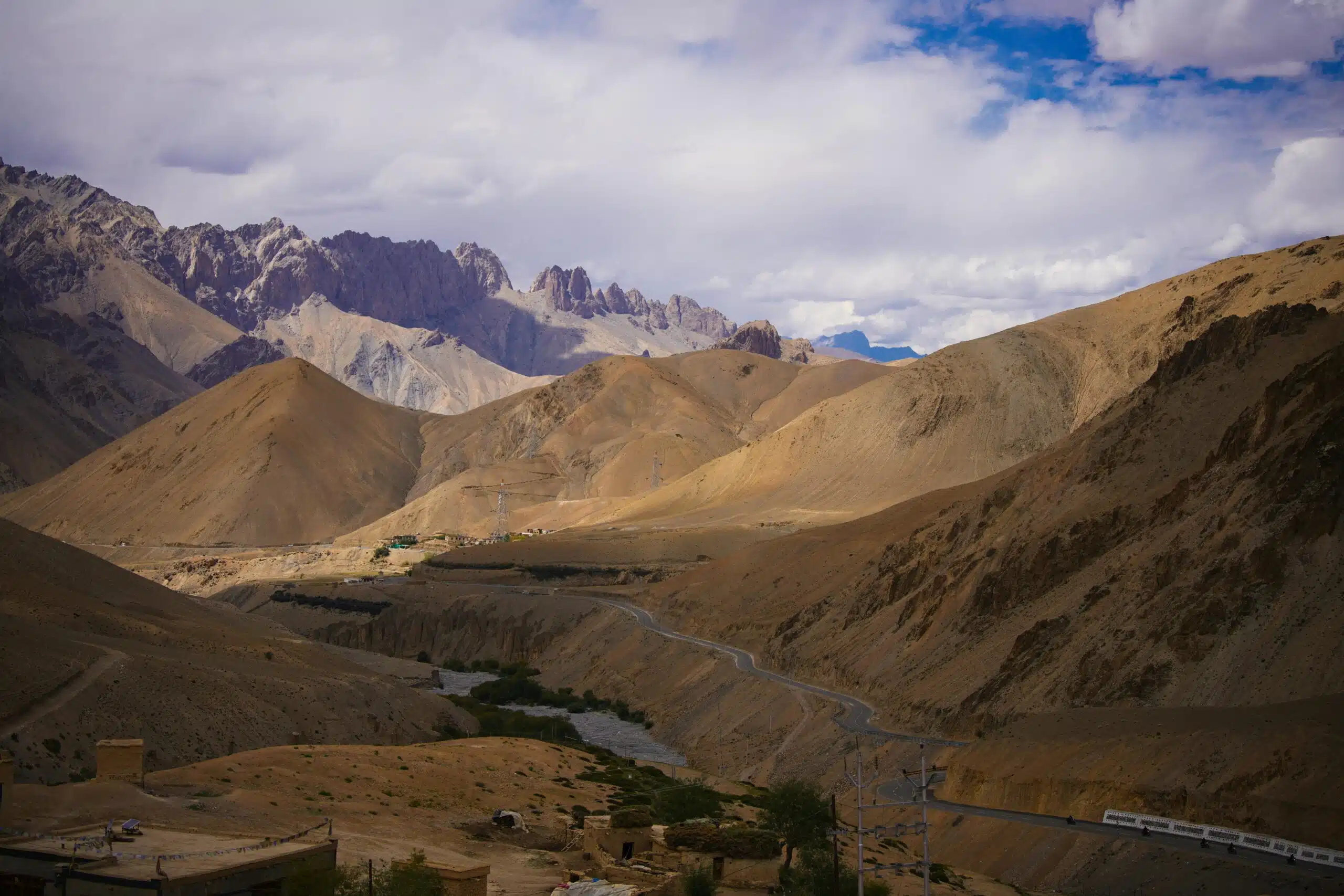
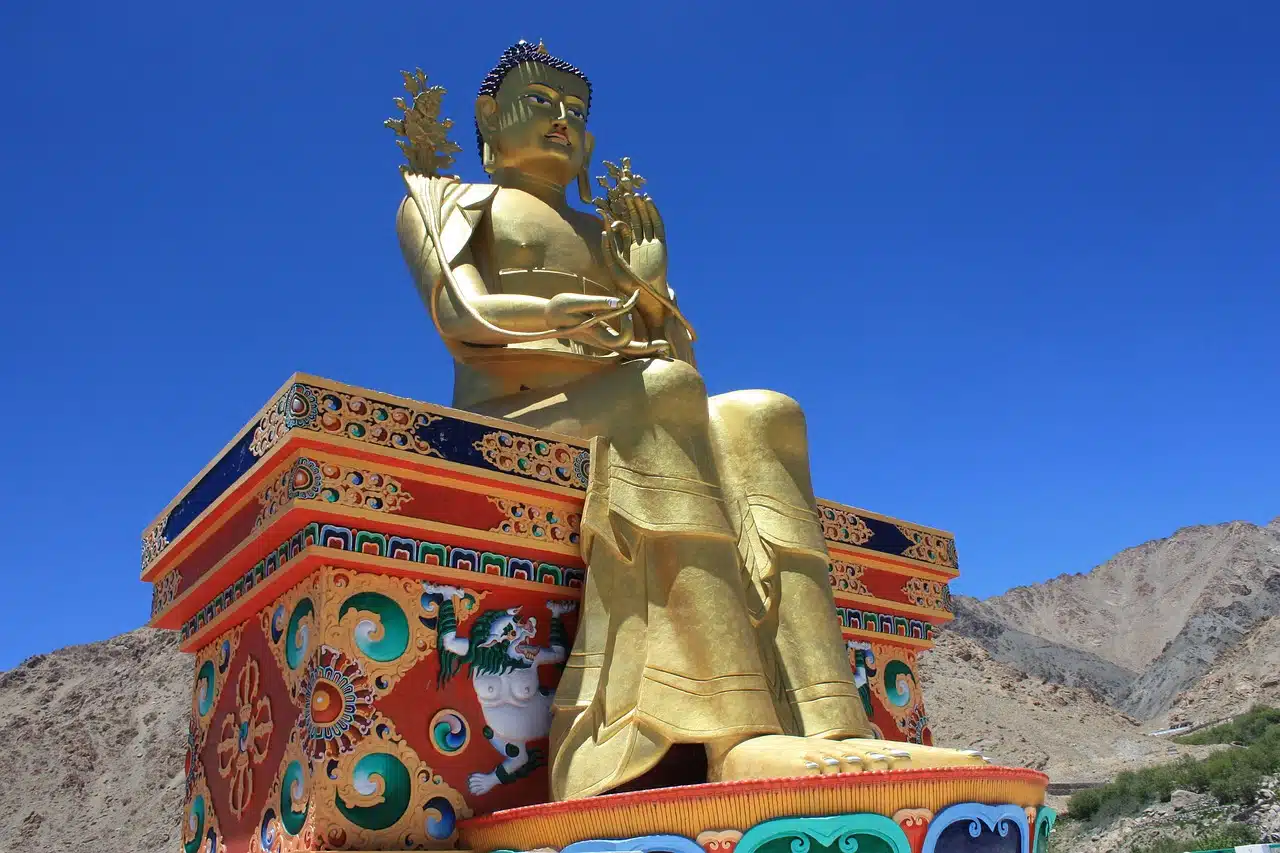
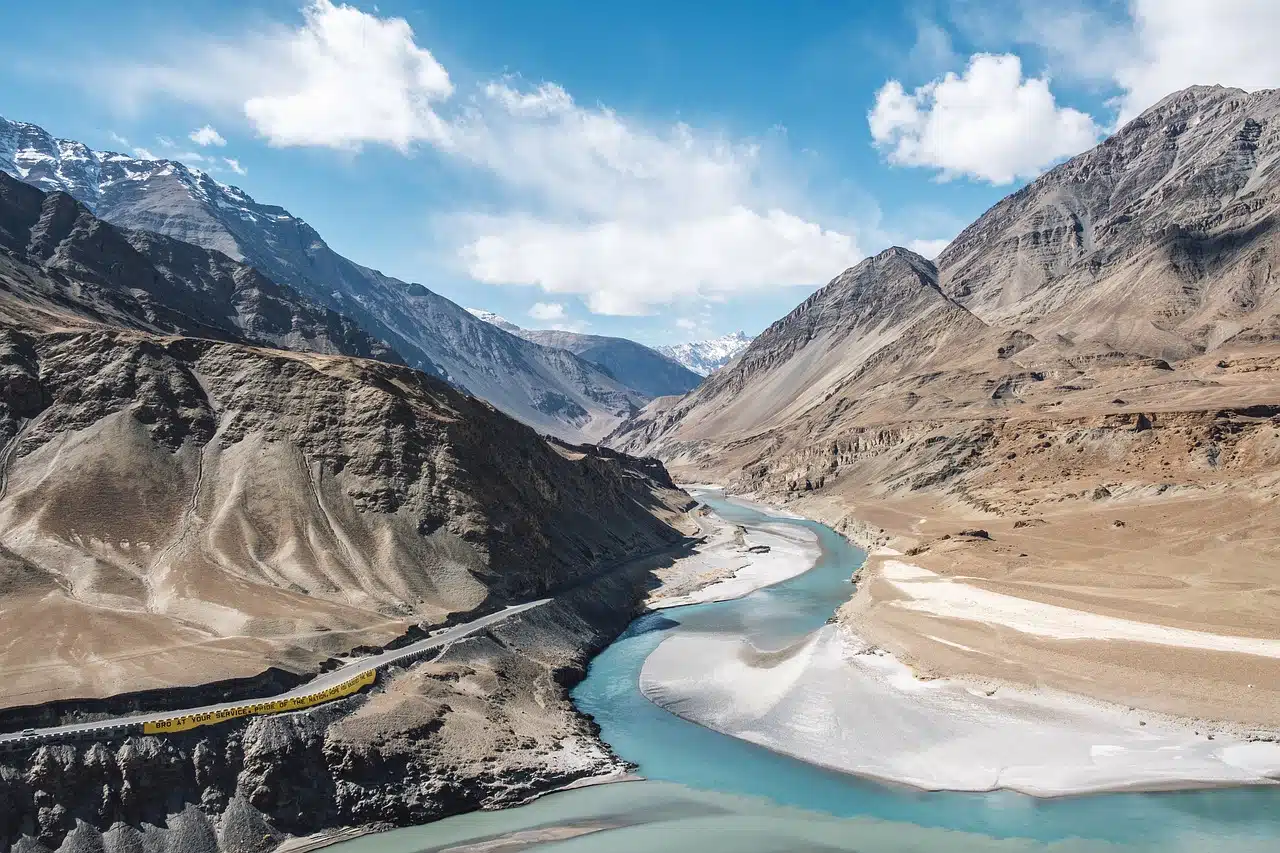
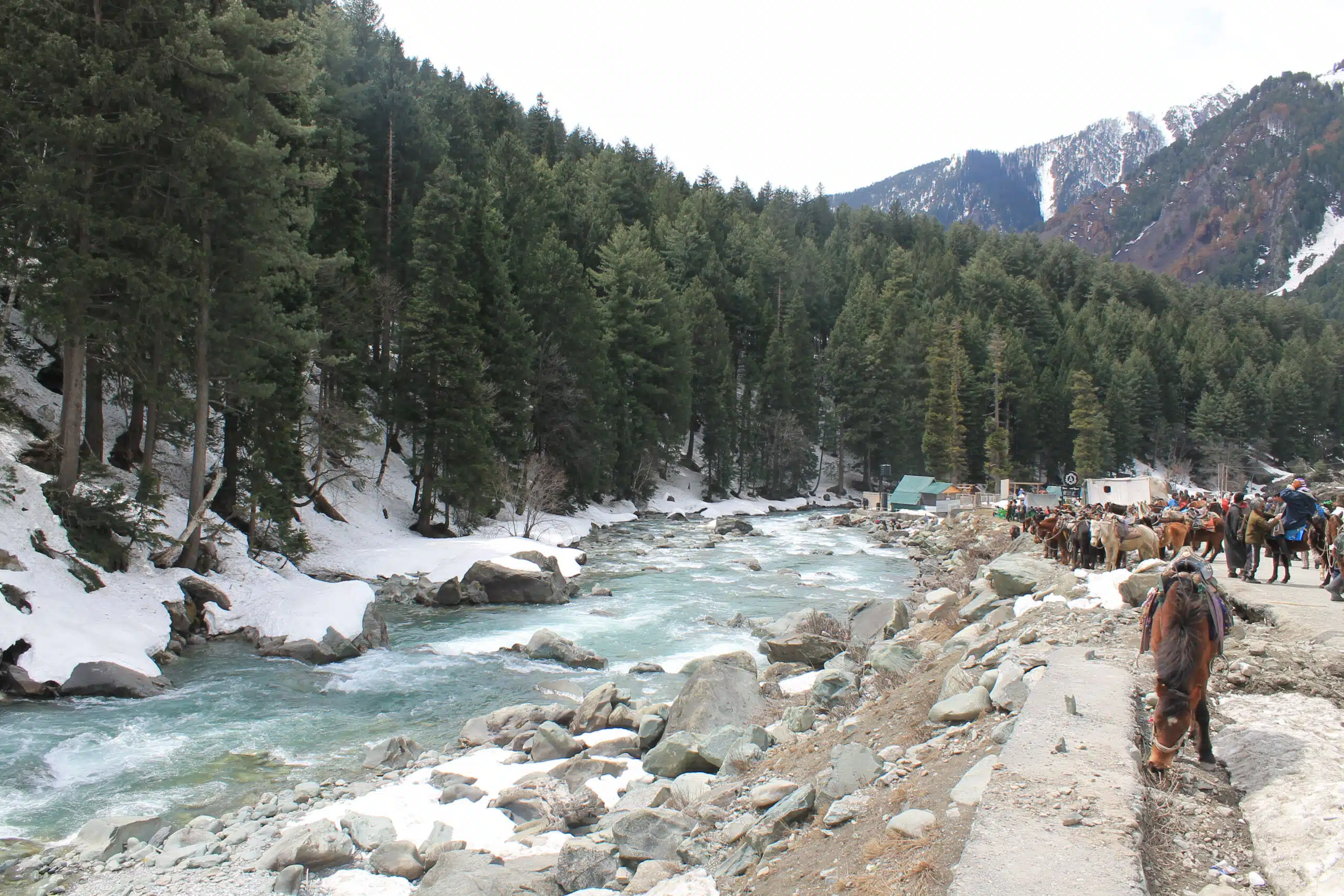
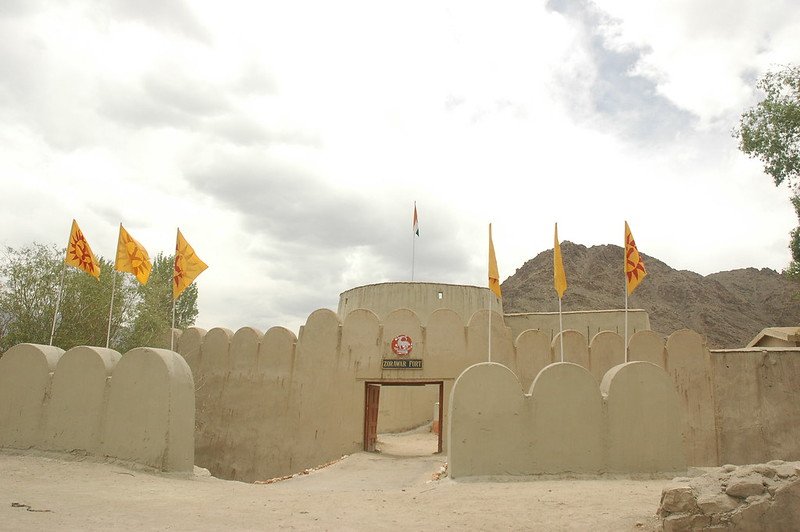

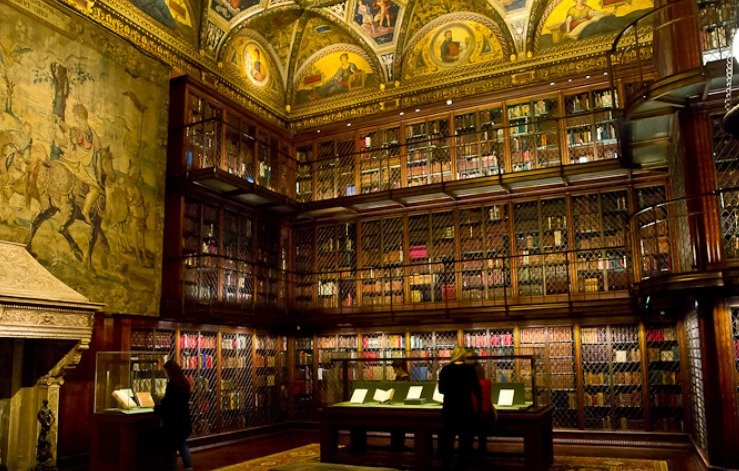
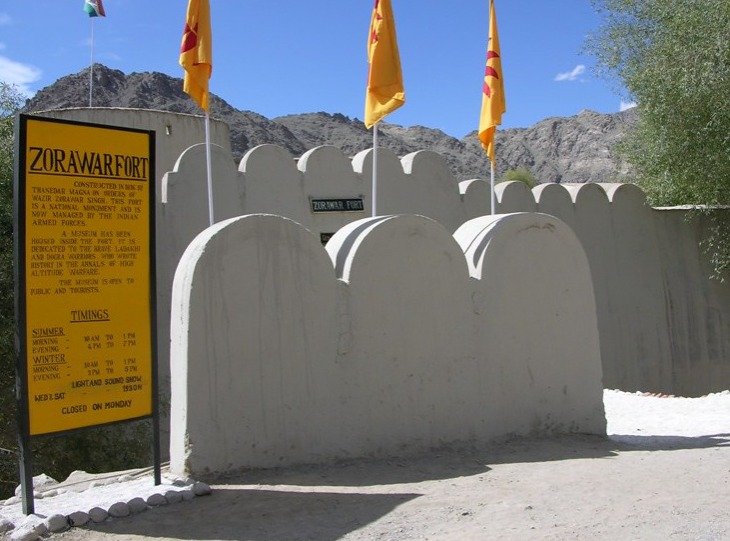
 Call Now
Call Now Chat With Us
Chat With Us